Chinese Inventions 🎆 12 Amazing Ones that Changed the World
Chinese Inventions – The Four Great Inventions and Beyond
Most people have probably heard of The Four Great Chinese Inventions (四大发明 sì dà fāmíng):
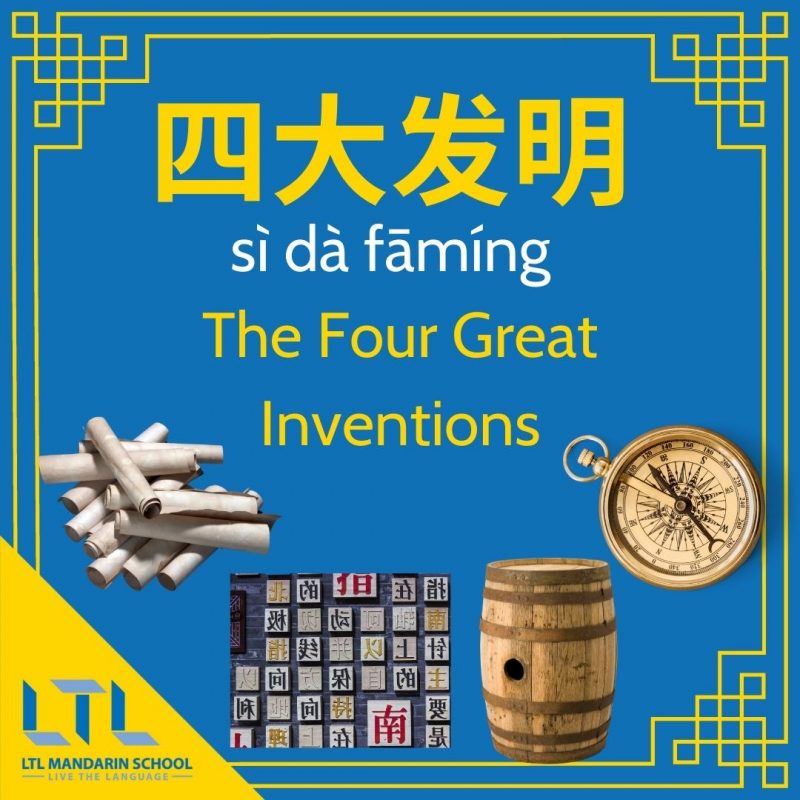
- Papermaking
- The Compass
- Gun Powder
- Printing
These inventions from Ancient China had huge historical significance that changed the world.
They contributed significantly to the development of China’s economy, culture and politics.
Their introduction to the Western world then contributed to revolutionising world civilisation.
However, there are in fact many more Chinese inventions that you can also see as having shaped the world. So let’s have a look at some of the most amazing Chinese inventions of all time.
Chinese Inventions – Papermaking
Can you imagine a world without paper?
Even with today’s technological advances, paper is still very much a vital part of everyday life in pretty much all corners of the world.
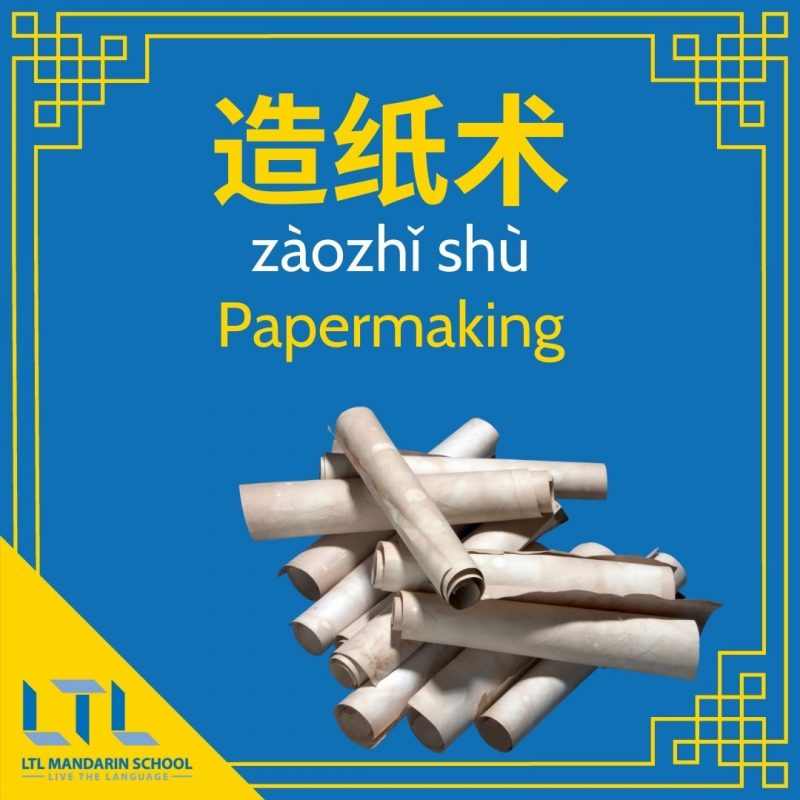
Papermaking (造纸术 zàozhǐ shù) can be traced back to 105 AD during the Han Dynasty (206 BC-AD 220).
However, there have been some archaeological discoveries that indicate that paper may have been used in China as early as 8 BC.
But the creation of proper, good quality paper is credited to a eunuch named Cai Lun.
He developed a technique that involved mashing together rags and the fibres of trees and plants.
He greatly improved the paper making process and also helped encourage its widespread use.
Papermaking technology was then spread to the rest of the world via the Silk Road. This along with the invention of the printing press led to revolutionary social changes across the globe.
Chinese Inventions – Printing
The invention of printing (印刷术 yìnshuā shù) and more specifically movable type printing was one of the most important inventions of all time.
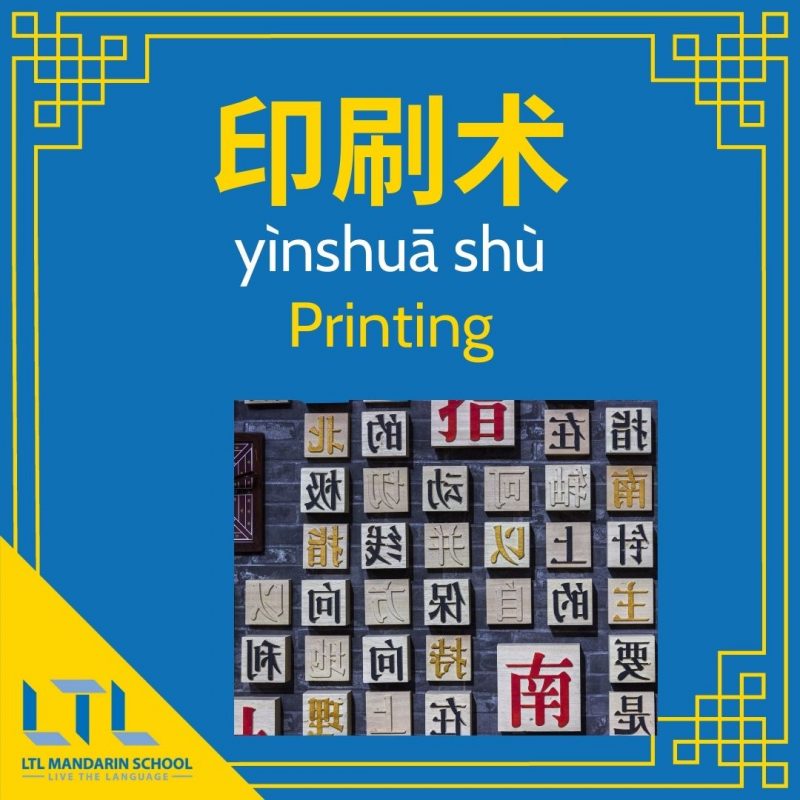
Since the end of the Han Dynasty (around 200 AD) block printing had already been in use to print on paper and cloth.
However, it was the invention of movable clay type printing during the Northern Song dynasty (960 – 1127) that really revolutionised printing techniques.
Bi Sheng is credited with being the inventor of movable print and has been dubbed the “father of typography.”
But how did it work?
Bi Sheng carved individual characters on pieces of clay and then hardened them with fire.
He then arranged and glued the pieces to an iron plate, creating a whole page of characters. The clay pieces could be broken up and rearranged to create new pages in turn.
Although an amazing invention, movable type printing didn’t work that well due to the thousands of Chinese characters that there are. Instead, it was when this printing technique reached the West.
Did you know that in Taiwan there still exists the Ri Xing Foundry which has the last remaining collection of traditional Chinese character moulds in the world.
Chinese Inventions – The Compass
Seeing as the compass (指南针 zhǐnánzhēn) is such a big plot point in Disney’s Pocahontas, anyone familiar with the film may mistakenly think it was invented by the English.
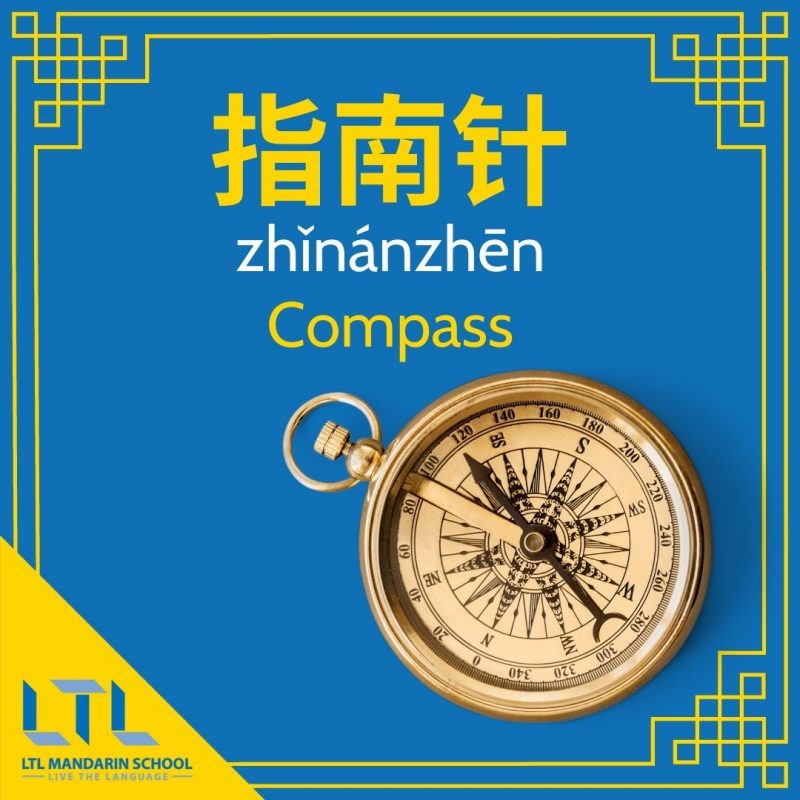
Though viewers of Disney’s recent live action remake of Mulan might have realised they’re not really very historically accurate.
It is uncertain when exactly the compass was invented.
But, the earliest discoveries of the compass date back to (can you guess it?) yes, it’s the Han dynasty again!
In case you didn’t know the Han Dynasty was marked by many technological advances.
Made from lodestone and created to point south these early compasses were called the “south-governor” (sīnán 司南).
People used them to align their houses and practice fengshui, unlike modern compasses which are used for navigation.
However, further development of compasses during the Song dynasty (960 – 1279) did lead to them being used for navigation.
Chinese Inventions – Gun Powder
Next up we have the last of the Four Great Chinese Inventions: gunpowder 火药 huǒyào.
The Chinese name for gunpowder literally translates to “fire medicine“.
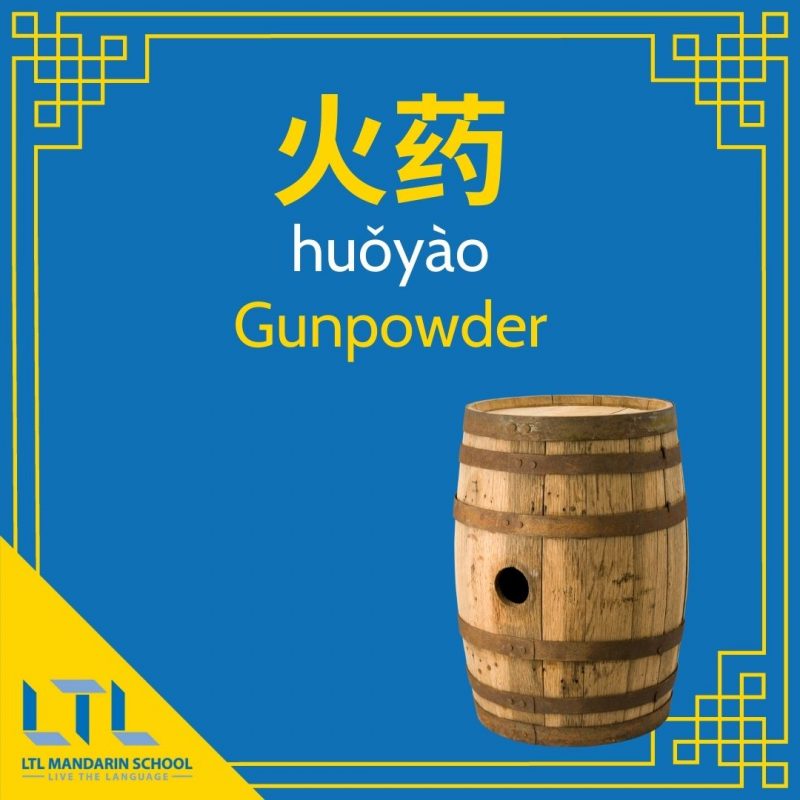
Invented during the Tang Dynasty (618 – 907), gunpowder is a mixture of charcoal, saltpeter and sulfur.
Over this period Chinese alchemists then gradually improved the mixture.
But the actual discovery of gunpowder and its explosive properties was a complete accident.
Chinese alchemists were actually trying to develop an elixir for eternal life. At the time, saltpeter was a common substance found in traditional Chinese medicine.
Gunpowder is then believed to have spread to Europe with the Mongol invasion of 1200-1300 AD.
An interesting point to note is that in China gunpowder was mostly being used for fireworks, firecrackers etc. Whereas in Europe it was used for cannons and guns.
Chinese Inventions – Alcohol
Now, we’ve covered the Four Great Chinese inventions, lets have a look at some of the other world changing inventions from Ancient China, starting with alcohol (酒 jiǔ).
For any one out there who loves a drink or two, you can perhaps view alcohol as China’s unofficial fifth greatest invention!
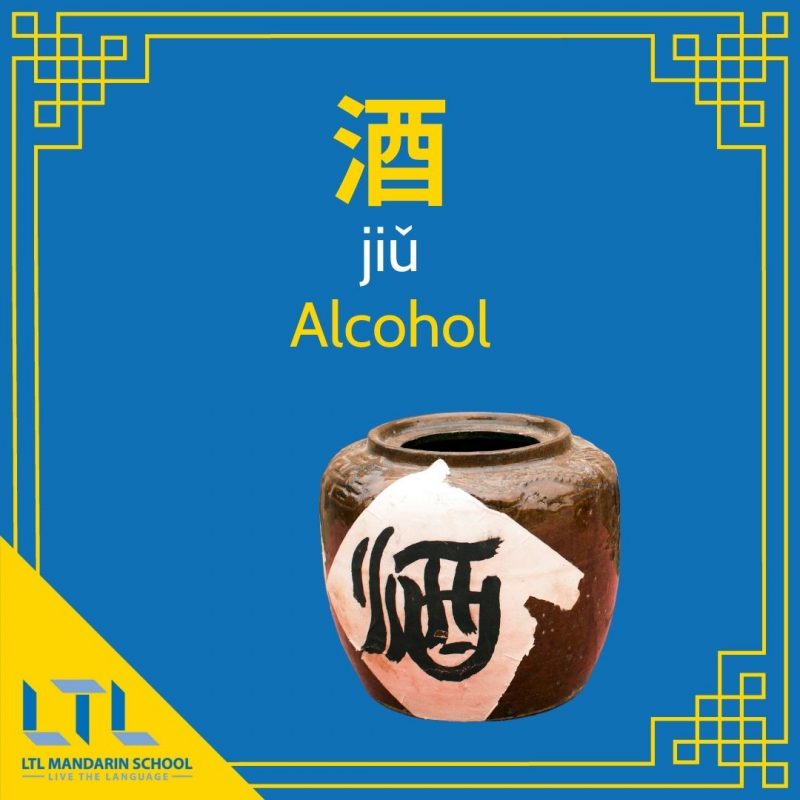
Originally, the first brewers of alcohol were thought to be the inhabitants of the Arabian Peninsula.
However, 9,000 year old pottery shards with evidence of alcoholic contents were found in Henan in 2013. A whole 1,000 years earlier than when the Arbain Peninsula inhabitants were dated to have brewed the first alcohol.
In fact it’s believed that beer with an alcoholic content of 4% to 5% was widely consumed in ancient China.
Wine type vessels with traces of alcoholic drink made from wheat dating back to around 2280 BC have also been discovered in Hebei.

Beautiful Bars in Beijing for 2022 🍺 Best Hutong Bars You Must Visit
We’re continuing our Best Bars in Beijing series; it’s time the for Best Hutong Bars in Beijing. Here is our updated list for 2021 on some great bars!
Chinese Inventions – Tea Drinking
Moving on from alcohol, let’s have a look at another popular beverage which also originated in China: tea (茶 chá).
Although tea drinking has become customary in many countries, tea culture originated in China.
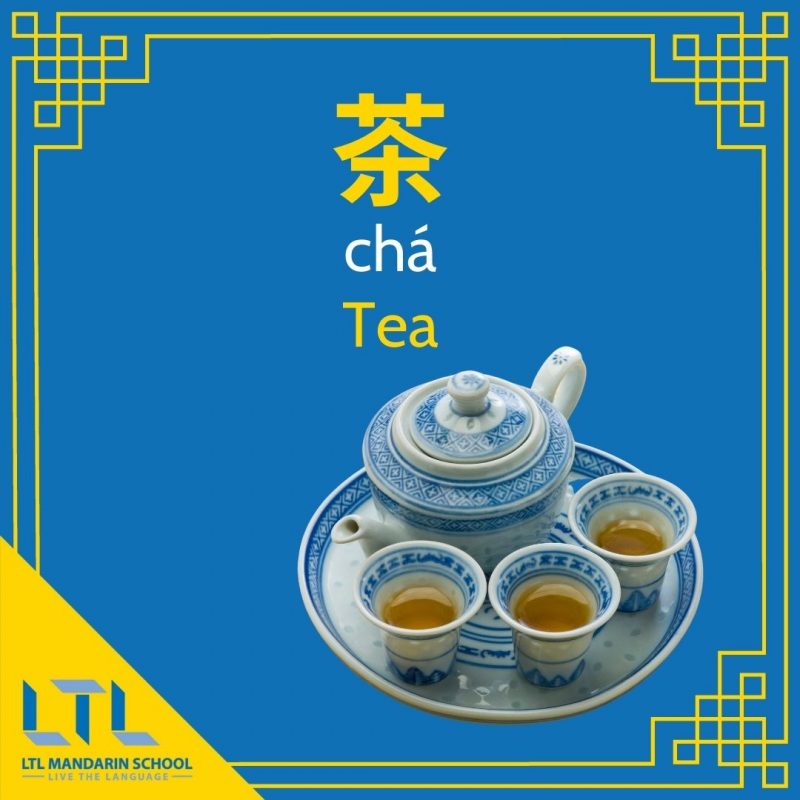
According to legend tea was invented by emperor Shennong in 2737 BC.
Apparently he liked to drink hot water (a popular trait among the Chinese to this day) and one day while a servant was preparing it for him a brown leaf flew into the cup of hot water.
Instead of throwing it away (waste not want not 俭以防匮 jiǎnyǐfángkuì 🤷♀️) the servant presented the now brown water to the emperor who drank it and found it refreshing.
However, it was during the Tang dynasty (618 – 907) that tea became an incredibly popular drink and was enjoyed by all members of society.
The tea plant is indigenous to Yunnan. The world’ oldest living tea plant, about 3,200 years old, can be found there in Lincang (临沧 líncāng).
Now that’s pretty ancient!

Yunnan Food Guide – 10 Must Try Dishes For First Timers 🥘
Your Complete Guide to Eating Yunnan Food Although Yunnan food (云南菜 yúnnán cài) is not listed as one of the eight great Chinese cuisines, it is truly a delicious and unique style of Chinese food. Some fans have even dubbed…
Chinese Inventions – Silk
The invention of silk and the subsequent creation of the Silk Road were vital in the world’s development.
Evidence suggests that the Chinese were harvesting silk as early as 6,000 years ago!
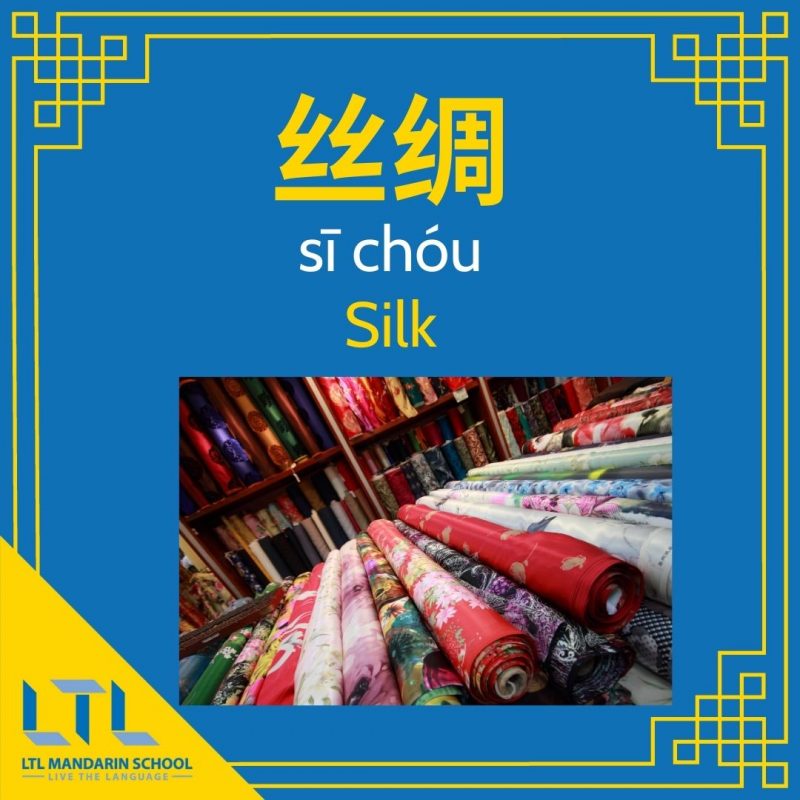
The earliest evidence of silk was the discovery of cut in half silk cocoons that date back to between 4000 – 3000 BC.
However, other finds from ancient tombs suggest that silk production may actually have started as far back as 8500 BC.
China kept sericulture (the production of silk) a closely guarded secret for a millennia leading to silk becoming a hotly desired commodity.
So precious in fact that the West had to pay the same weight in gold for the silk they bought.
In fact today China still dominates the luxury silk market and there is the famed silk market in Beijing.

Clothes in Chinese 👗 The Complete Guide to 101 Different Clothing Items (with Quiz)
The Ultimate Guide For Talking About Clothes in Chinese Perhaps you’re just interested in knowing different types of clothes in Chinese, or maybe you want to know specific vocab to use when shopping for clothes on Taobao. Either way our…
Chinese Inventions – Porcelain
Porcelain (瓷器 cíqì) has to be one of the most beautiful inventions of Ancient China.
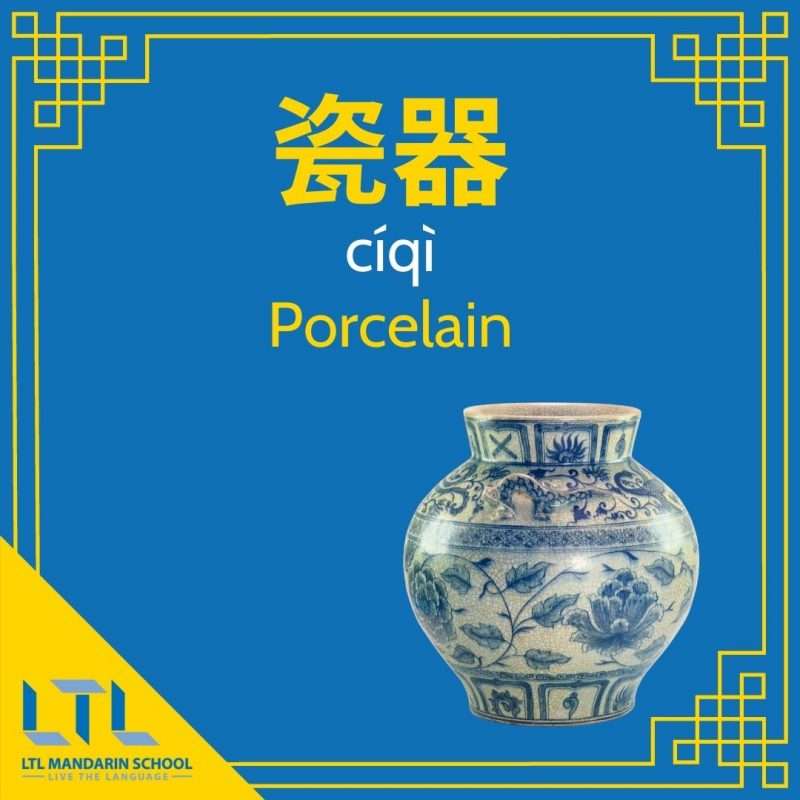
The earliest form of porcelain has been traced back to the Shang dynasty (1600 BC – 1046 BC).
But the perfection of porcelain making occurred during the Tang dynasty (618 – 907).
This is when porcelain really began to take the shape of what we now recognise as Chinese porcelain.
The organisation and techniques of creating porcelain reached new peaks during the Song dynasty (960 – 1279). Pieces from that time are praised for their fine detail and delicate shapes.
By the time of the Ming dynasty (1368 – 1644 AD) Chinese porcelain was being exported all over the world via the Silk Road.
Chinese Inventions – Umbrellas
As a Brit from the rather rainy UK I can really appreciate the umbrella (伞 sǎn) as a fantastic invention 😂.
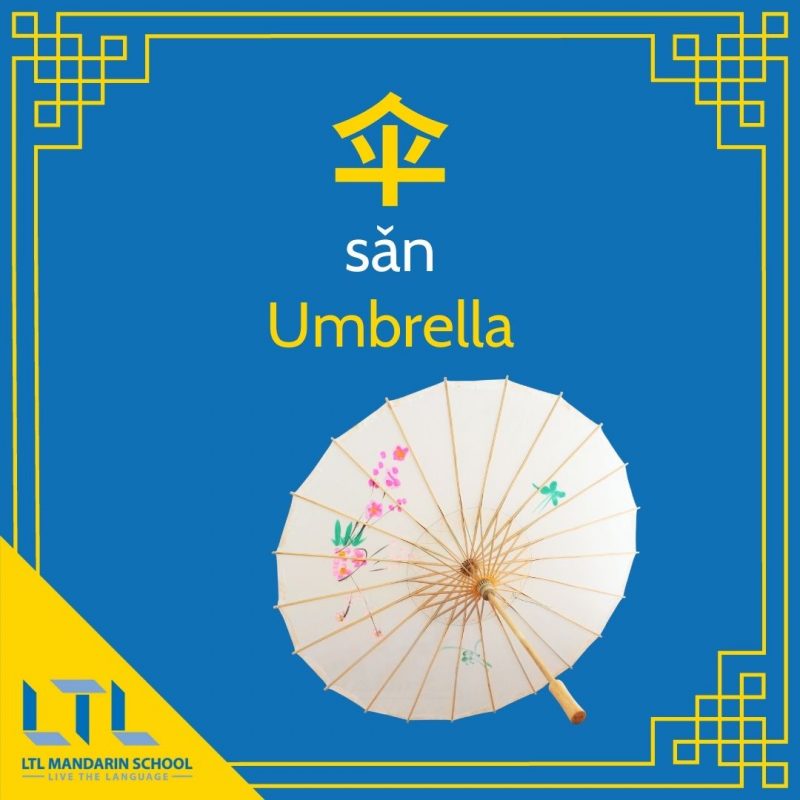
Like the compass it is unclear when exactly the umbrella was invented. But some evidence indicates that it may have been as early as 2,400 year ago!
According to legend a Chinese carpenter called Lu Ban first developed the umbrella after watching children use lotus leaves to shelter from the rain.
However, the first record of a collapsible umbrella dates to around 21 AD. These umbrellas were designed to attach to a four wheeled chariot that was used by Emperor Wang Mang.
Quick fact: Emperor Wang Mang usurped the Han dynasty throne for a short period of time.
An actual example of one of these umbrellas from the 1st Century was found in the tomb of Emperor Wang Mang’s son Wang Guang.
Umbrellas were definitely a very practical and also beautiful invention, but just be sure never to give an umbrella as a gift!
Chinese Inventions – The Suspension Bridge
China may be famous now for its architecture, being home to many of the world’s tallest buildings.
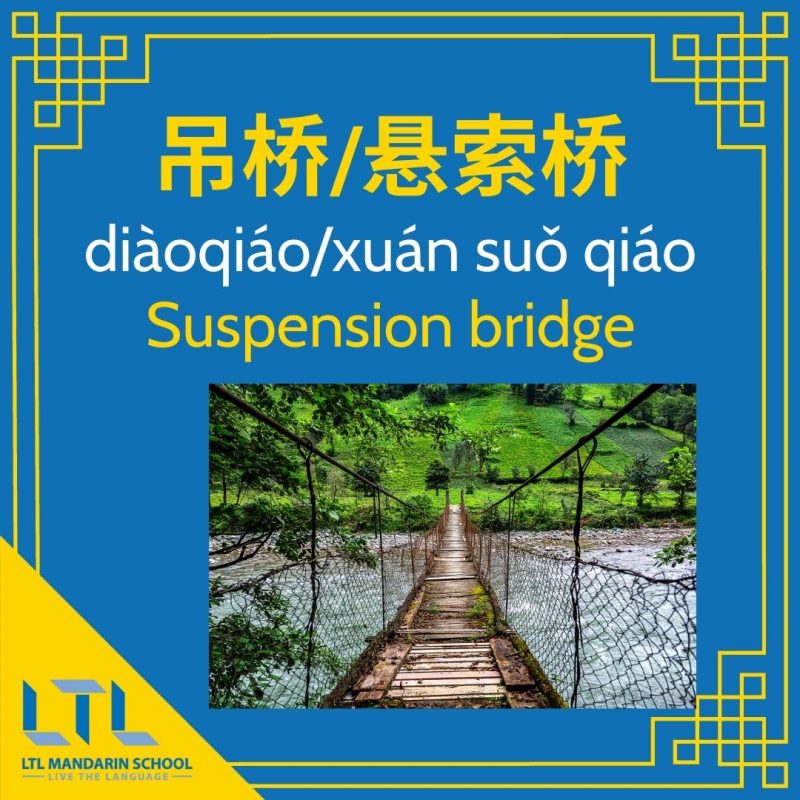
However, they are also famous for another structure dating long before this: the suspension bridge (吊桥 diàoqiáo/悬索桥 xuán suǒ qiáo).
Many early civilisations used suspension bridges with cabled ropes, but the earliest written record of one such bridge dates back to China during the reign of the Yongle Emperor (1402 – 1424).
Prior to the use of cables, more primitive versions of the suspension bridge existed in China as early as the Han dynasty.
Although only simple rope bridges suspended over small gorges, over time these became more sophisticated with planks being used.

Tallest Buildings in China 🌃 – The 17 Tallest Skyscrapers and Towers in 2022
LTL’s Breakdown of the Tallest Buildings and Towers in China and Beyond How much do you know about the tallest buildings in China? Did you know that China has half of the top 10 total tallest buildings in the world!…
Chinese Inventions – The Mechanical Clock
This is another one of those Chinese inventions that it’s very hard to imagine living life without.
It would be very strange to live in a world where you aren’t able to tell the time.

Invented by Yi Xing, a Buddhist monk, in 725 AD was the world’s first ever mechanical clock (机械钟 jīxièzhōng).
Named “The Water Driven Spherical Birds’-Eye-View Map of the Heavens”, it told time by water pouring on to a wheel that would make one full revolution every twenty-four hours.
In 1092 Su Song made a more advanced version of this clock which he named the Cosmic Empire.
Also powered by water this clock was over 35 feet high!
It wasn’t until 200 years after this that the first completely mechanical clock that used an hour, minute and second hand to tell time would be made in Europe.
Chinese Inventions – Paper Money
Although China does look set to be moving towards a cashless society, they were in fact the inventors of paper money (纸币 zhǐbì).
Bank notes were first developed during the Tang dynasty (618 – 907).
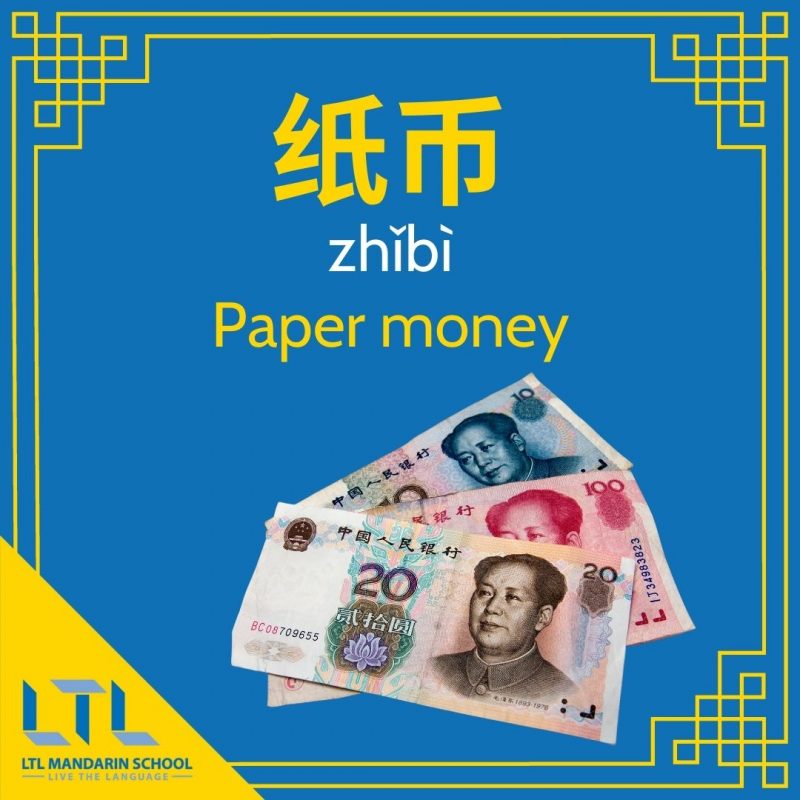
Paper bills originated as receipts of deposits which merchants could make and then exchange for metal coins in other cities.
This was so they wouldn’t have to carry around large amounts of coins with them which would be heavy and cumbersome.
However, true paper money did not come about until the Song dynasty (960 – 1127).
The invention of paper (obviously) and printing were also vital to the development of paper money.
The use of bank notes then spread to the Mongol Empire and was introduced to the West by explorers such as the famous Marco Polo.
So there it is – a complete guide to Chinese inventions. Which is your favourite? Did we miss any out that you think should be included? Tell us below and join the fun!
Chinese Inventions – FAQs
What were the Four Great Chinese inventions?
The Four Great Chinese Inventions (四大发明 sì dà fāmíng) were
Paper
Printing
The Compass
Gunpowder
Did the Chinese invent paper?
Yes the Chinese invented paper.
What Chinese inventions changed the world?
There are many Chinese inventions that changed the world, but there are specifically Four Great Chinese Inventions which are paper, printing, the compass and gunpowder.
What are some things China invented?
China invented many famous things with the most famous being the Four Great Inventions which are gunpowder, the compass, paper and printing.
When was gunpowder invented?
Gunpowder was invented during the Tang Dynasty (618 – 907).
When was paper invented?
Papermaking can be traced back to 105 AD during the Han Dynasty.
Want more from LTL?
If you wish to hear more from LTL Mandarin School why not join our mailing list.
We give plenty of handy information on learning Chinese, useful apps to learn the language and everything going on at our LTL schools!
Fancy learning Chinese online? We’ve got a great new way to learn Chinese which is called the LTL Flexi Classes!
Sign up below and become part of our ever growing community!
![[𝗢𝗟𝗗] LTL Beijing Logo](https://old.ltl-beijing.com/wp-content/uploads/logo-ltl-header.png)

 Hi, my name is Sabatino! I am from Italy and I am a Student Advisor at LTL. Fancy coming to study with us in China? Drop me a message.
Hi, my name is Sabatino! I am from Italy and I am a Student Advisor at LTL. Fancy coming to study with us in China? Drop me a message.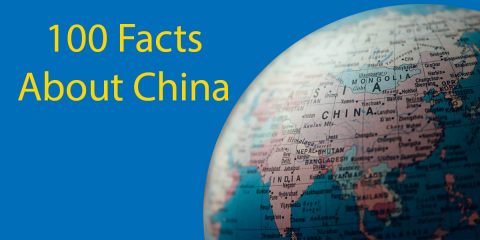
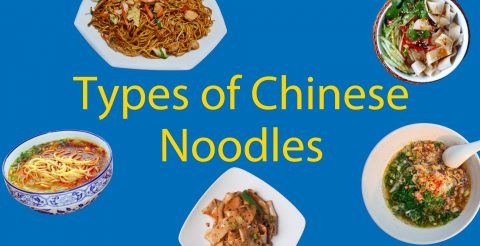

7 comments
Hello. This article was really fascinating, who knew there were so many Chinese inventions!
Hi Dona,
Yes, it’s amazing how many things the Chinese invented isn’t it.
Thanks,
The LTL Team
Awesome list, so interesting to know this stuff!!
Thanks David, the Chinese have certainly invented some really incredible things!
The LTL Team
Genuinely didn’t have a clue about some of these
And now you do 🙂
Granted, China has created some ingenious inventions over the centuries but, the umbrella claim is dubious. Last time I looked China and Egypt had these sun parasols around the same time.
Nobody thought of making the parasol waterproof for the rain until around the middle 17th century (first documented use in Britain).
Not sure about the first mechanical clock, India was a pioneer in early clock design.
The rainbow bridge is far more interesting Chinese engineering than the suspension bridge.
China also invented a sail that would allow a ship to sail into the wind, differential drive gears (originally for wooden carts).
Last I read, tea was not a popular drink until the British made it so. Until that point tea was a medicine taken less often than in modern day. Then we have kombutcha (fermented tea) that does not get mentioned in your list. Also, China had the fist earthquake detection device in the world. The first earthquake proof buildings (pagoda).